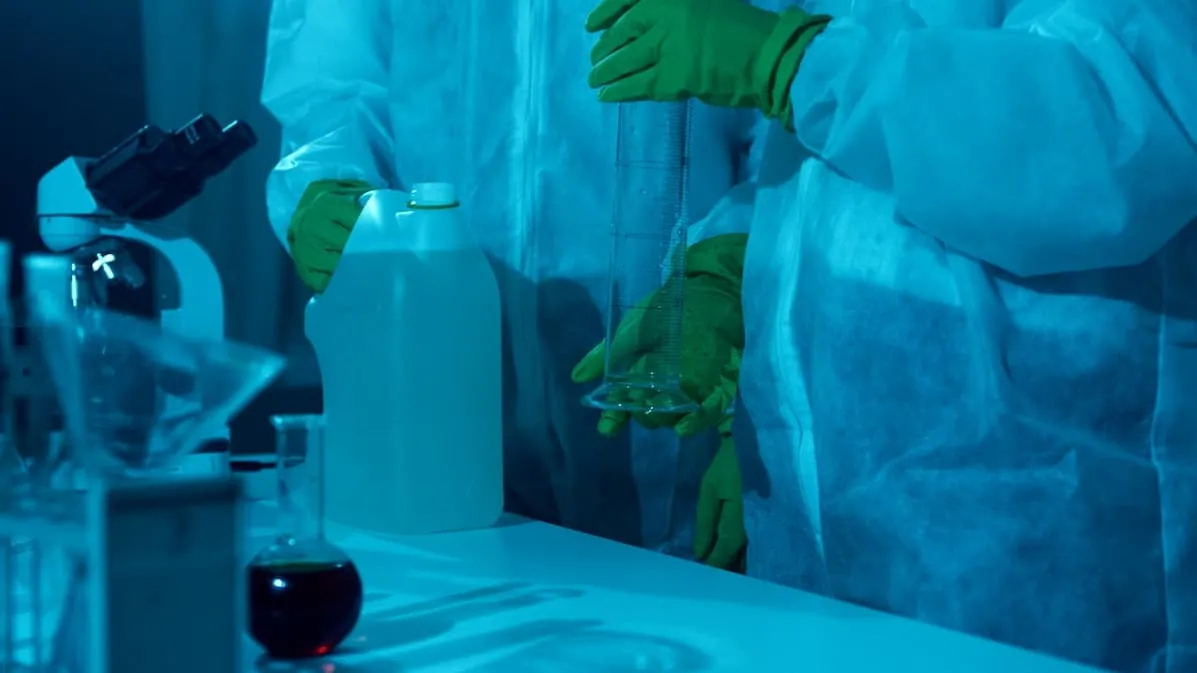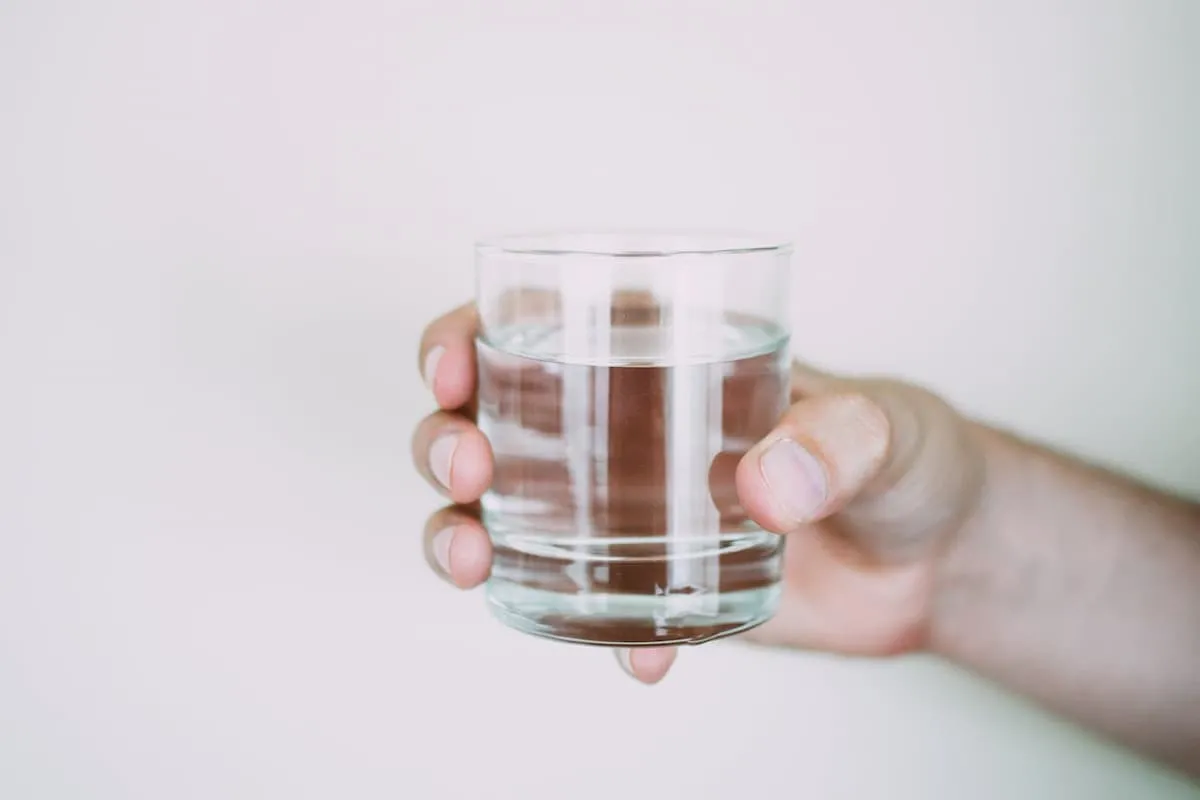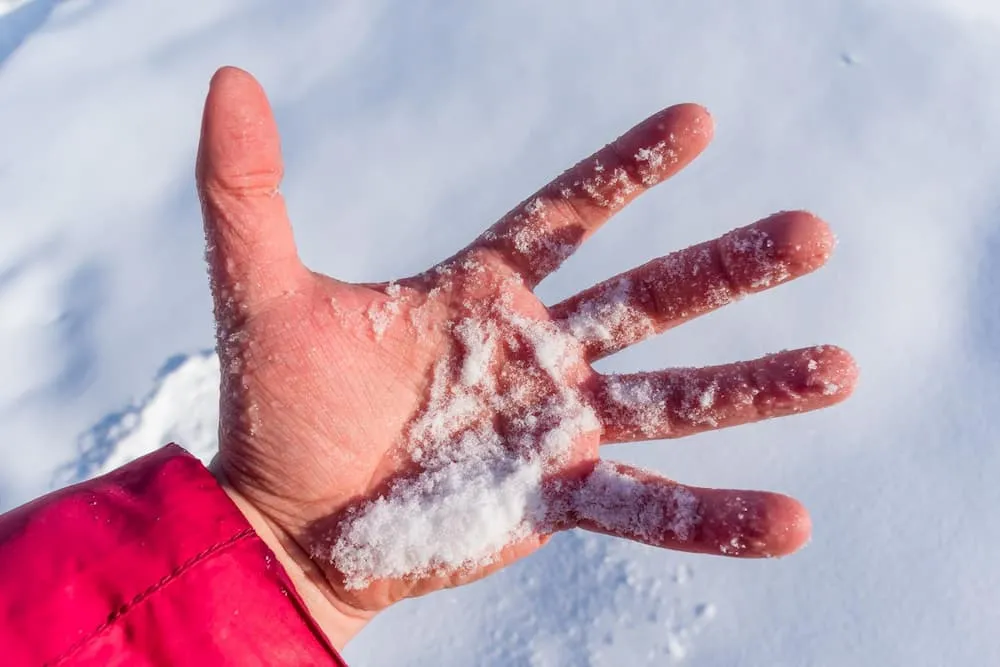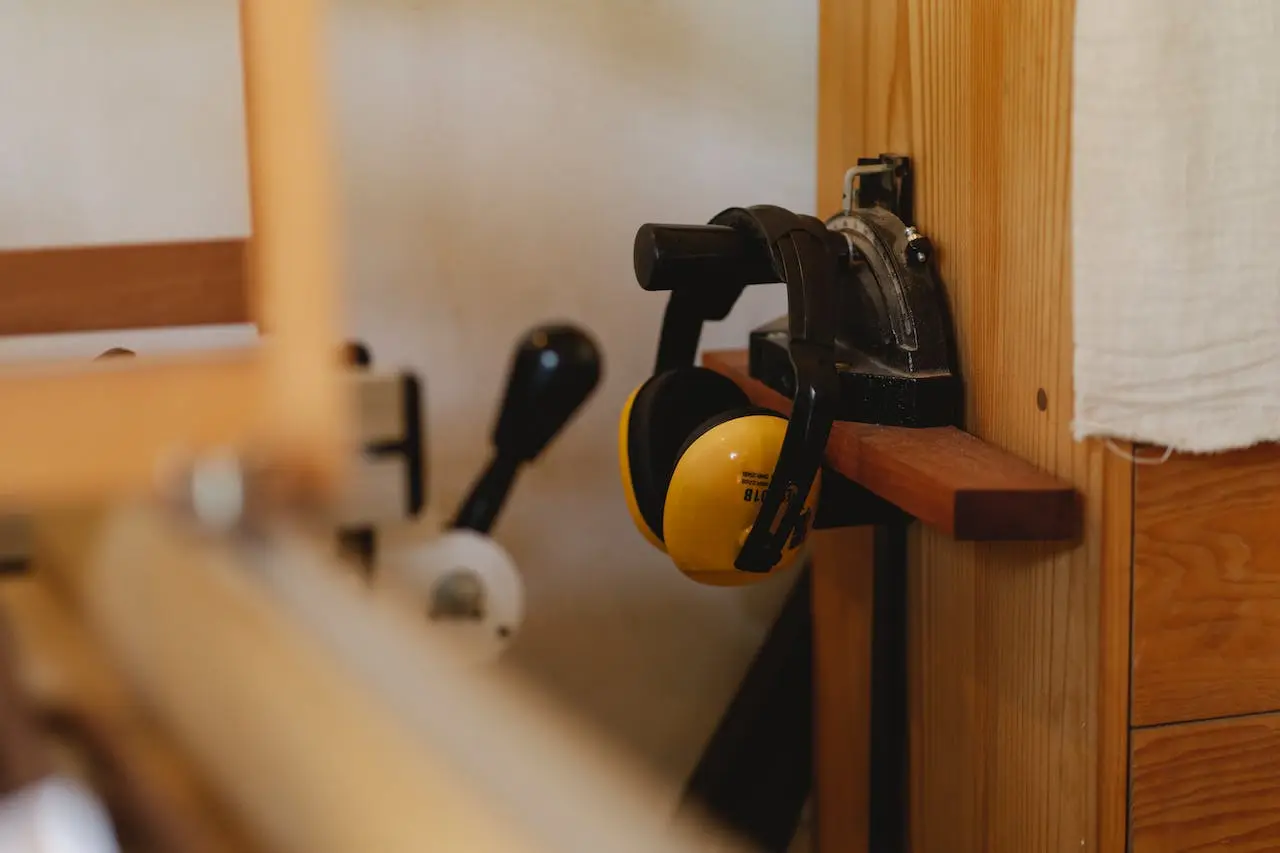Thermal, chemical and electrical burns, graded by the depth of the wounds, occur suddenly and can carry serious consequences. Knowing the basics of first aid for burns and how to proceed is crucial not to worsen the victim's condition, but to limit the consequences of the burn.
Types of burns
A burn is mainly damage to the skin, but sometimes also to deeper tissues and even internal organs by high temperatures, corrosive chemicals or electricity. We encounter this type of injury quite often, especially in the case of children. Therefore, we need to know what are the types of burns and their degrees, and how then the first aid for burns is carried out step by step. In any case, it is undoubtedly good to use a first aid kit, which includes the necessary accessories.
Thermal burns
Thermal burns are the most common, they are caused by heat. It can be boiling water, steam or hot oil or milk that spills over the skin, as well as touching a hot iron.
Chemical burns
Chemical burns occur after chemical substances come into contact with the skin. such as by various types of corrosive substances, such as acids, heavy metal salts or lye. After a chemical acid burn, dry scabs form on the skin.
Electrical burns
On the other hand, we can talk about electrical burns when an electric shock occurs. There can be three sources - domestic electrical wiring, industrial electrical wiring and lightning. Lightning strikes also cause electrical burns.
Degrees of burns
The temperature at which skin burns occur is 42 degrees Celsius. In turn, necrosis is encountered after six hours. This time decreases dramatically as the heat increases. At 55 degrees Celsius we have a burn after three minutes, and at 70 degrees Celsius - after just one second, causing irreversible changes. Depending on the depth of these changes, we distinguish four degrees of skin burns.
1st degree burns
We can speak of 1st degree burns when they involve only the epidermis. Redness persists for several days, as does slight swelling and burning of the skin. With a 1st degree burn, there is no need to visit a doctor. Everything heals on its own, and often there is not even a trace or scar.
2nd degree burns
A 2nd degree burn is already more serious, as it involves not only the epidermis, but also part of the dermis or its deep layers (B). In addition to erythema and swelling, there are also blisters with serous fluid and severe pain lasting up to two weeks and leaving behind a slight discoloration. If, on the other hand, the injury involves the entire thickness of the dermis (B), then nerve endings have been damaged (making the pain less severe) and superficial necrosis has occurred, manifesting as white skin with red spots. The healing process of a 2nd degree burn takes up to four weeks, and scars remain afterwards.
3rd degree burns
This is the first among the skin burns that require hospitalization, more specifically, surgical intervention and transplantation. We deal with 3rd degree burns when the entire layer of skin is destroyed, along with the deeper tissues. This results in necrosis of the skin.
Burns of the 4th degree
This is the most severe form of skin burn, during which we are dealing with charring of tissues - down to the bone. The damage is enormous, muscles, tendons and internal organs are then visible. In turn, reconstructive treatment is required after transplantation.
First aid for thermal burns

First aid for thermal burns includes first of all cutting off the source of energy and making sure that everyone is definitely safe. Only then do we proceed to the next steps.
We cool the burned area for at least fifteen minutes by pouring cold water over it. Importantly, we do not direct the stream directly on the burn, but over it, from a distance of about a dozen centimeters. We then protect the area with a sterile dressing, which is standard equipment in a first aid kit, and remove any jewelry that conducts heat and can cause larger lesions.
Pre-medical first aid and response time play a big role in this case, and we must remember not to pierce blisters or tear off burnt clothing that has stuck to the skin. On the other hand, aloe vera gel for burns (light, 1st and 2nd degree) will work well, as it has an antibacterial effect and accelerates the healing of burns and wound healing.
Finally, it remains to assess whether the burn has affected the respiratory tract. If so - or if the person has lost consciousness - we call the ambulance.
First aid after a chemical burn
First aid after a chemical burn proceeds somewhat differently. Here, too, the priority is to make sure of your safety and that of the injured person. Then it is necessary to get rid of contaminated clothing as soon as possible and rinse the skin profusely with cold water. If the acid burn or other corrosive substance occurred by swallowing it, under no circumstances should vomiting be provoked. These would only cause additional damage to the esophagus.
First aid after electrical burns
As in the previous two situations, the first step after an electric burn is to make sure that the danger has passed and to determine whether the victim is still in contact with the source of electricity. If so, we need to move him, using a non-conductive object to do so. In addition, it is recommended to disconnect the power supply, but only if it is safe to do so. After completing these steps, we assess the condition of the injured person and call emergency services. In electrocuted persons, hospitalization is required.
In summary, skin burns are a problem we deal with relatively often. Providing pre-medical first aid is essential and can often save someone's skin - literally! It is worth knowing how to proceed to help rather than harm.






